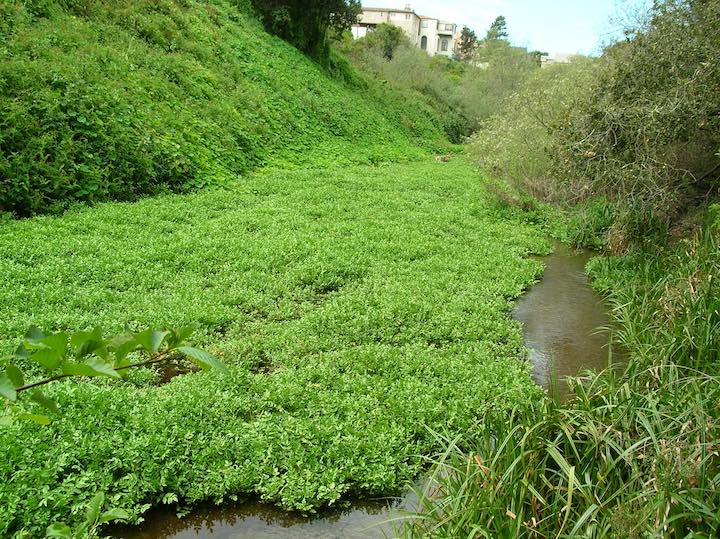Water Conservation
We’re testing ways to conserve one of our most precious resources – water.
We’re testing several strategies for conserving water, from using native and other drought tolerant plants in our landscapes to adopting the best water conservation practices when we rehabilitate a building.
Our goal is to eliminate the use of drinking water for irrigation, conserving this precious resource whenever possible.
Water Conservation in the Presidio
The Presidio gets about 70% of its water from the park’s very own Lobos Creek, the last free-flowing natural stream in San Francisco. The remainder is purchased from the City of San Francisco.
In a typical year, the park uses about 280 million gallons of drinkable water, with about half going to irrigation.
Because the Presidio is both a public park and a small town where people live and work, we have the chance to try out approaches for water conservation on a manageable scale. Our target is to ultimately use little to no potable water for irrigation.
As sources of drinkable water around the world diminish due to climate change, we hope the lessons we learn here will be useful to other parks and communities.

Careful Watering & Drought-Tolerant Landscapes
Through the use of high-tech sensor-based irrigation systems, we keep the Presidio’s landscapes thriving with the minimum amount of water. We also monitor water meters monthly to identify any leaks or waste. And we’re gradually replacing little-used lawns with drought tolerant plants, reducing water use. The bonus is that the variety of plants provides habitat for more species than grass.
Water Efficient Buildings
To reduce water use, we incorporate conservation measures like low-flow fixtures and appliances in all our building rehabilitation and maintenance projects. It’s part of our larger Green Building Rehabilitation program.
Purple Pipe
As we update infrastructure and landscapes around the Presidio, we install purple pipe so that one day we will have the ability to use recycled water for irrigation in the Presidio.